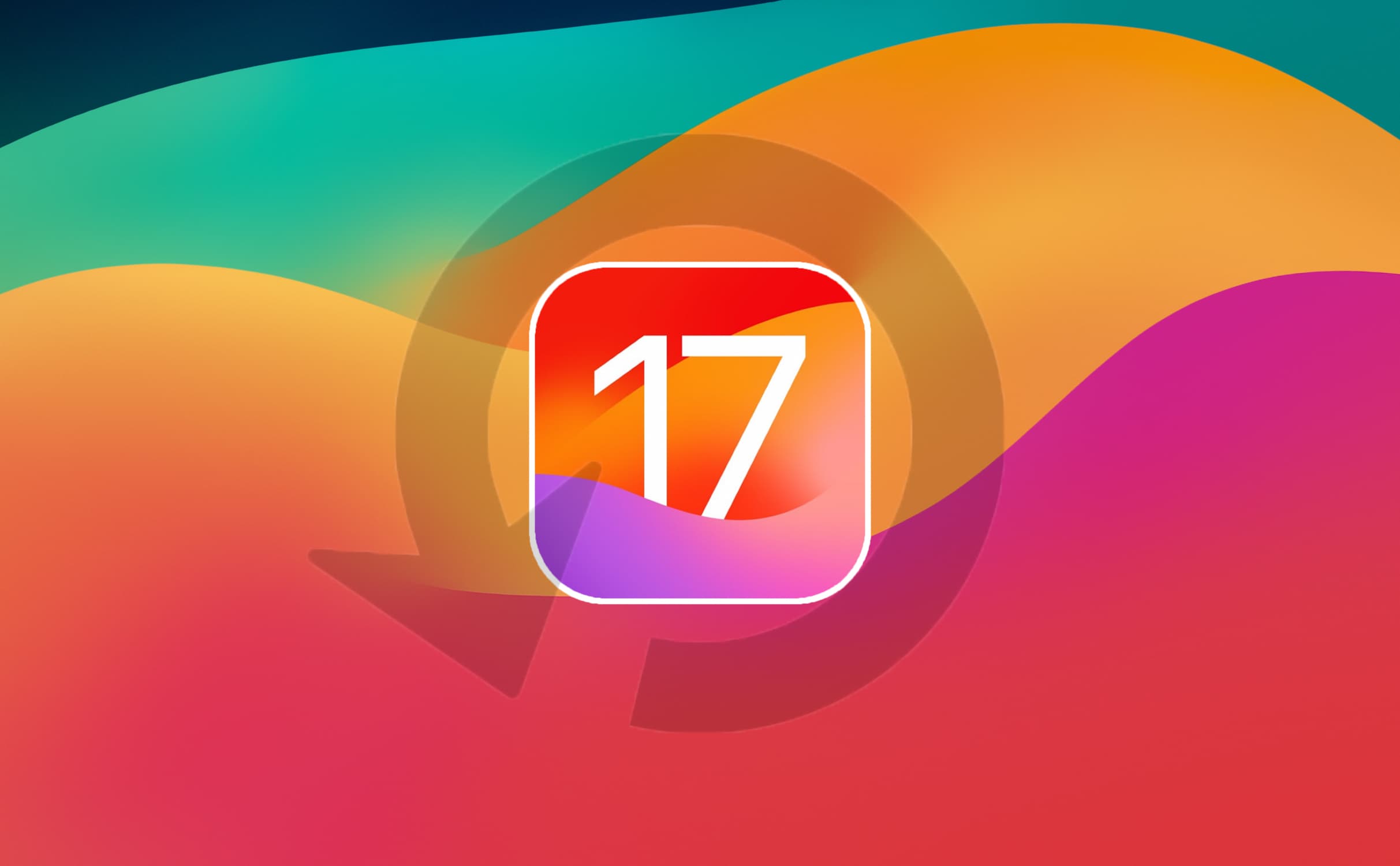News broke late Wednesday night that Apple stopped all firmware downgrades from any version of iOS or iPadOS 17 to iOS or iPadOS 16 after iOS & iPadOS 16.6.1 stopped being signed. But that’s not all that happened…

As it would appear, Apple also stopped signing certain versions of iOS & iPadOS 17 for the first time since the major software update dropped in September as well — namely iOS & iPadOS versions 17.0 and 17.0.1.
The latest move on the Cupertino-based company’s part leaves only iOS & iPadOS versions 17.0.2 and 17.0.3 being signed as of Thursday morning.
For the most part, firmware signing is a process that affects users’ abilities to downgrade the version of iOS or iPadOS they’re running on their iPhone or iPad. It has been used by Apple as a means to preventing users from installing hackable (or jailbreakable) firmware versions for ages.
There are ways around this prevention, of course. For example, older devices have been using utilities such as FutureRestore to circumvent the signing process with .SHSH blobs. Newer devices haven’t been as fortunate due to new mitigations, but the DelayOTA method lets users upgrade to unsigned firmware for up to 90 days after unsigning if they are already running outdated firmware.
As it stands right now, there is no universal iOS & iPadOS 17 jailbreak. Only a small subset of older iPads running iPadOS 17 can be jailbroken thanks to the unpatchable checkm8 bootrom exploit that currently targets those devices. Unfortunately, Apple dropped support for the iPhone 8, 8 Plus, and X starting with iOS 17, so these devices can’t be upgraded and jailbroken on Apple’s latest firmware.
While jailbreaking isn’t the only reason why some people choose to downgrade their device’s firmware, it’s one of the primary reasons aside from installing hacks. Another major reason would be to return to an older firmware when a software update introduces bugs that affect usability.
Apple refutes these reasons, suggesting instead that the company should be able to force users to install software updates to ensure they’re taking advantage of the latest features, security improvements, and bug fixes. More realistically, it helps Apple artificially inflate their adoption numbers to please the company’s shareholders.
There haven’t been any significant bugs with the iOS or iPadOS 17 firmware since its release, so this isn’t as particularly relevant of a topic, but it’s worth noting in case a future update isn’t quite as stable as it should be for a consumer release.
In any case, iDB thinks that users should have the option to choose what firmware they run on a device they own. Mac users can already do this, so it seems weird to us that iPhone and iPad users can’t. Unfortunately, it will likely fall on government regulation to force Apple’s hand, and that’s if we’re lucky.
You can always check to see what version(s) of iOS or iPadOS are being signed for your device(s) by checking the IPSW.me website. You can also download any firmware file for any device you might have from our dedicated Downloads page.
Has this change affected you in any way? Be sure to let us know in the comments section down below.